Auld Reekie Retold is a major three year project which connects objects, stories and people using Museums & Galleries Edinburgh’s collection of over 200,000 objects. Funded by the City of Edinburgh Council and Museums Galleries Scotland, the project brings together temporary Collections Assistants and permanent staff from across our venues. The Auld Reekie Retold team are recording and researching our objects, then showcasing their stories through online engagement with the public. We hope to spark conversations about our amazing collections and their hidden histories, gathering new insights for future exhibitions and events.
In this blog, Gwen Thomas, Collections Care Officer, explains the process of marking our diverse museum collections:
We have a huge variety of objects in our collection, from tiny to huge, from chocolate to marble. As part of the Auld Reekie Retold project, we are going through the whole collection to make sure everything is counted, recorded and numbered. One of my jobs as Collections Care Officer is to number the objects and materials that are extra fiddly, that my very capable colleagues would rather not tackle. This includes small or awkward objects or tricky materials like plastic, which can melt if you use the wrong chemicals for marking.
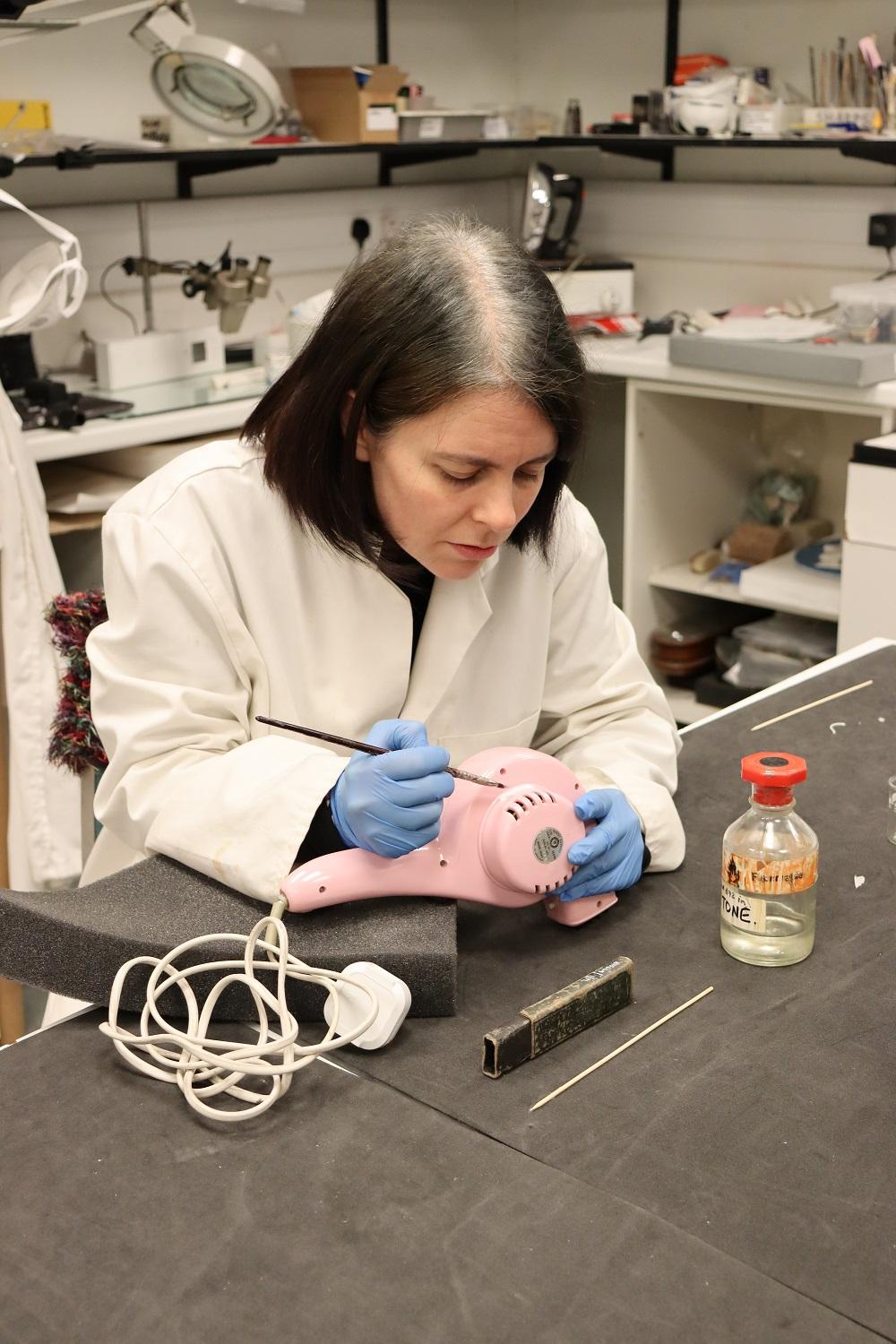
It is really important that each object is numbered, so it can be matched to its record on our database and found easily when someone is looking for it in store. We assign each object a unique number, then choose the most suitable method of marking. In every case, the mark must be removable or reversible. We also have to mark objects in a discreet spot, so it isn’t really obvious if a curator chooses an object to go on display. Sometimes I have to discuss this with the curators, if it isn’t obvious how or in which position it might be displayed; or if the object doesn’t have a natural back or underside (like a Rubik’s cube or a pamphlet printed on both sides).
Costume and other textiles will often have a cotton tape label, which can be marked instead of the object, tacked into them.
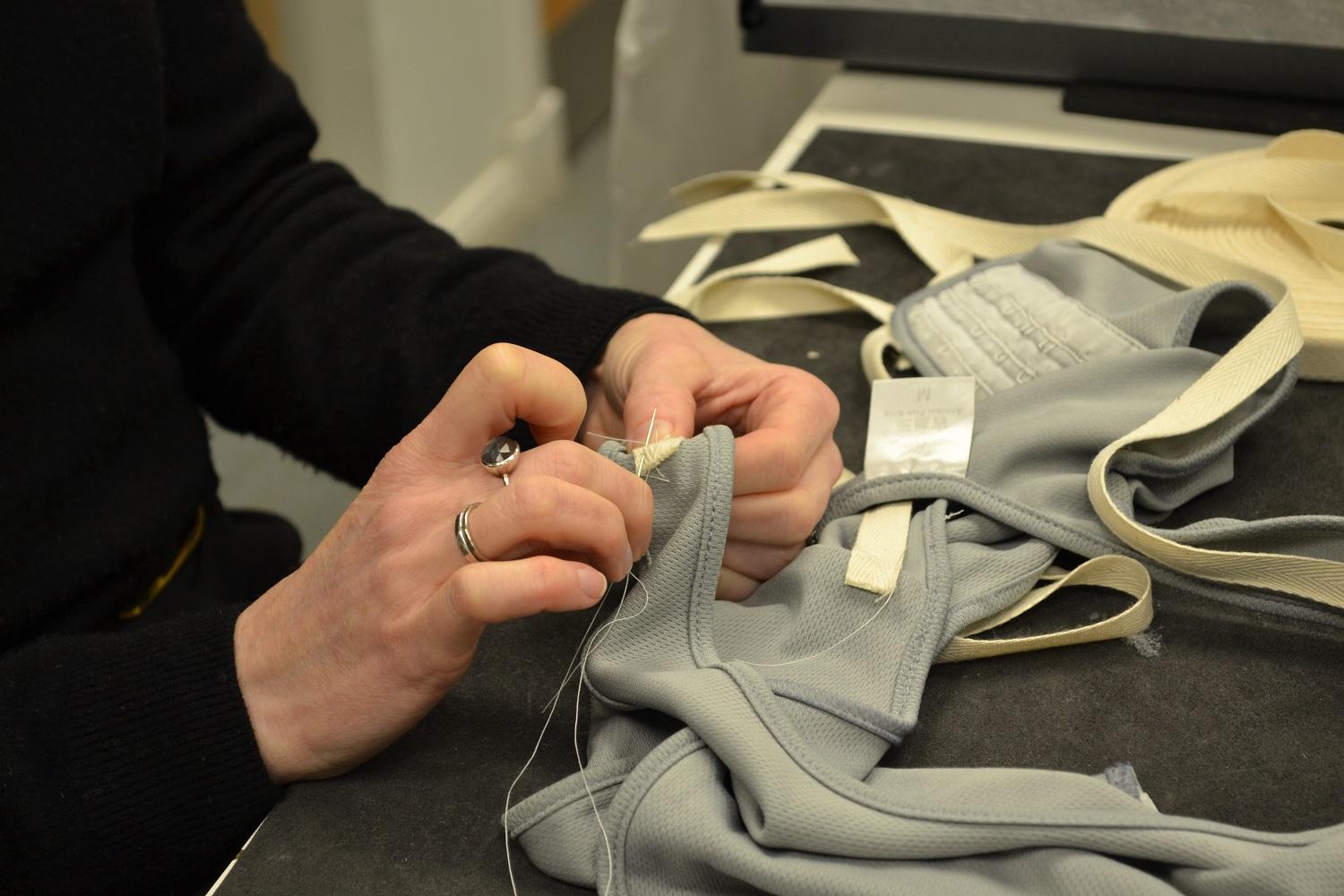
Paper and card are marked with a 2B pencil – not too hard or too dark and powdery.
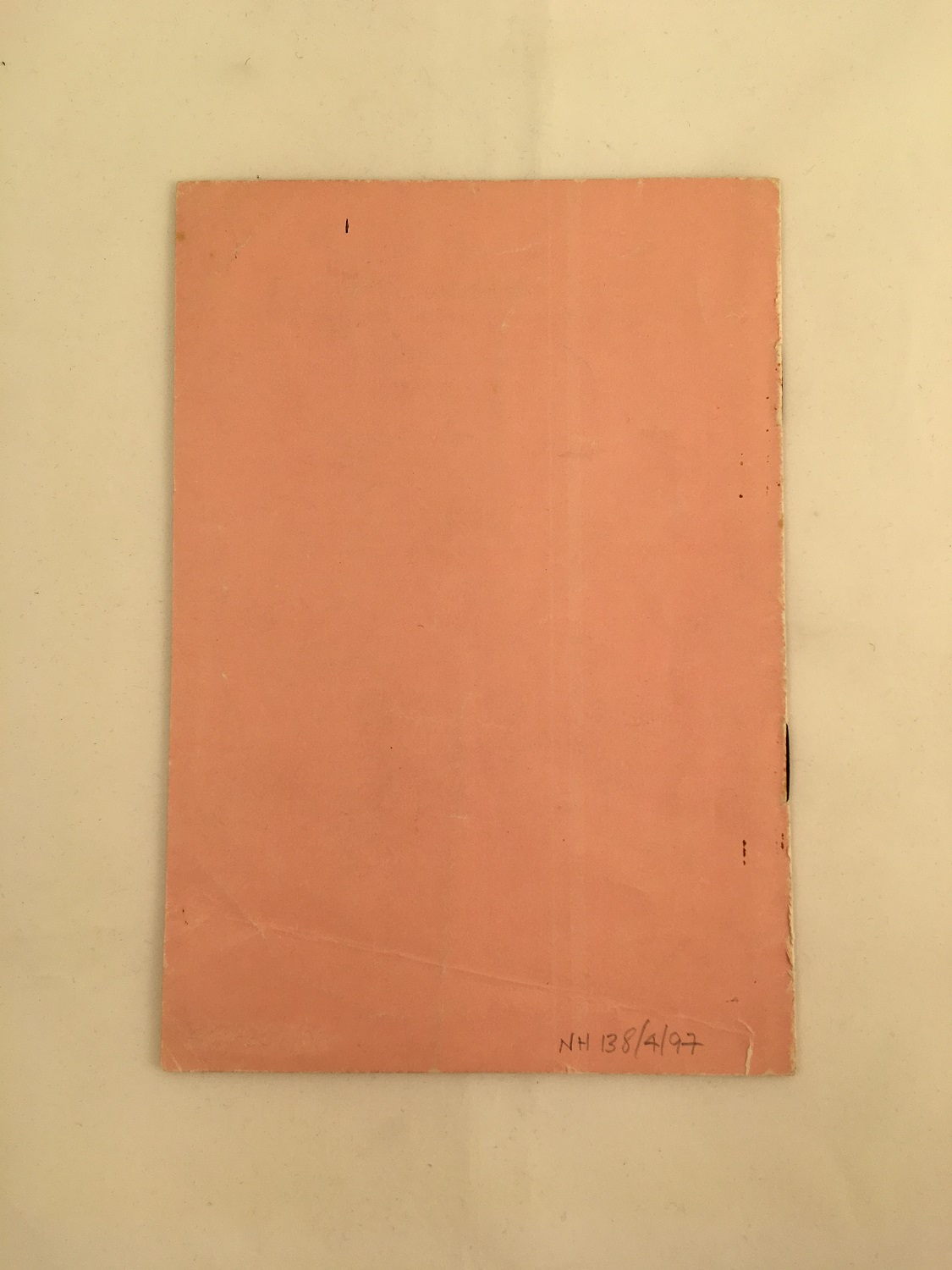
With most other materials we paint on a protective coating, write the number on this layer with black or white ink (depending on the colour of the object), then apply a top coat.
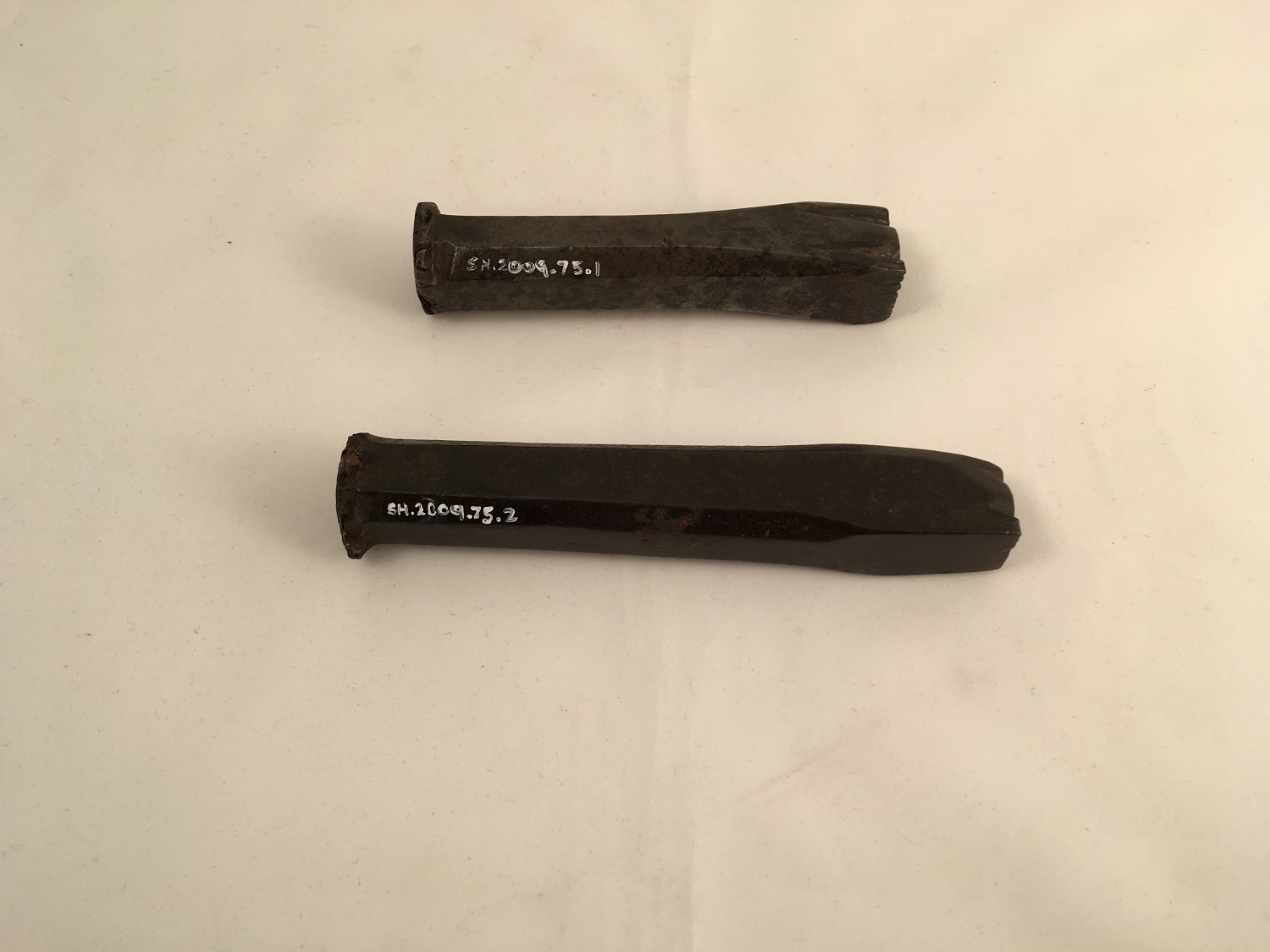
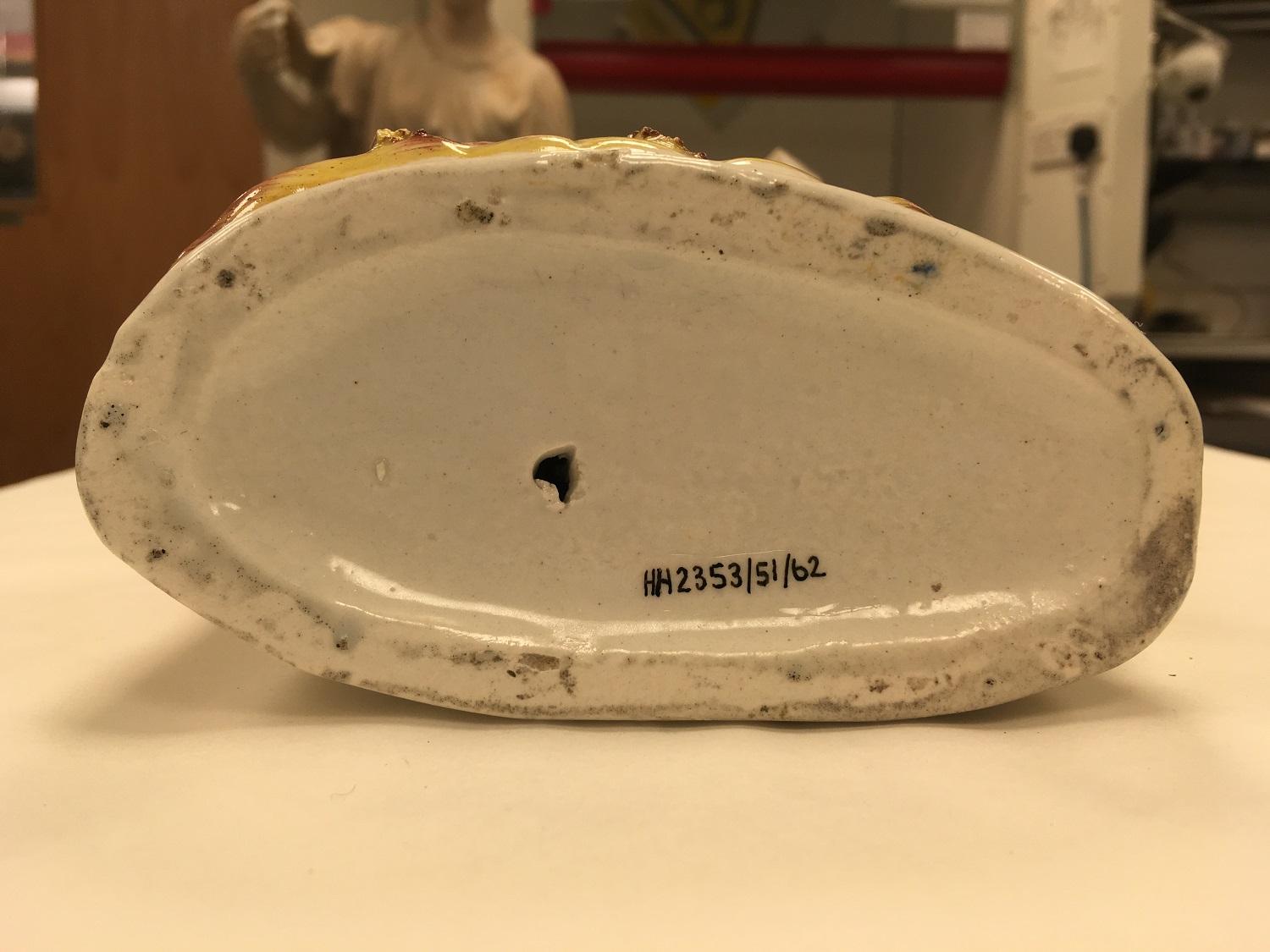
These protective layers are glue based, but all can be removed using the right solvent. In the case of plastics, sometimes a PVA glue base layer is the best choice because it won’t melt the object. On the downside, it takes a lot longer to dry and is more likely to peel away over time.
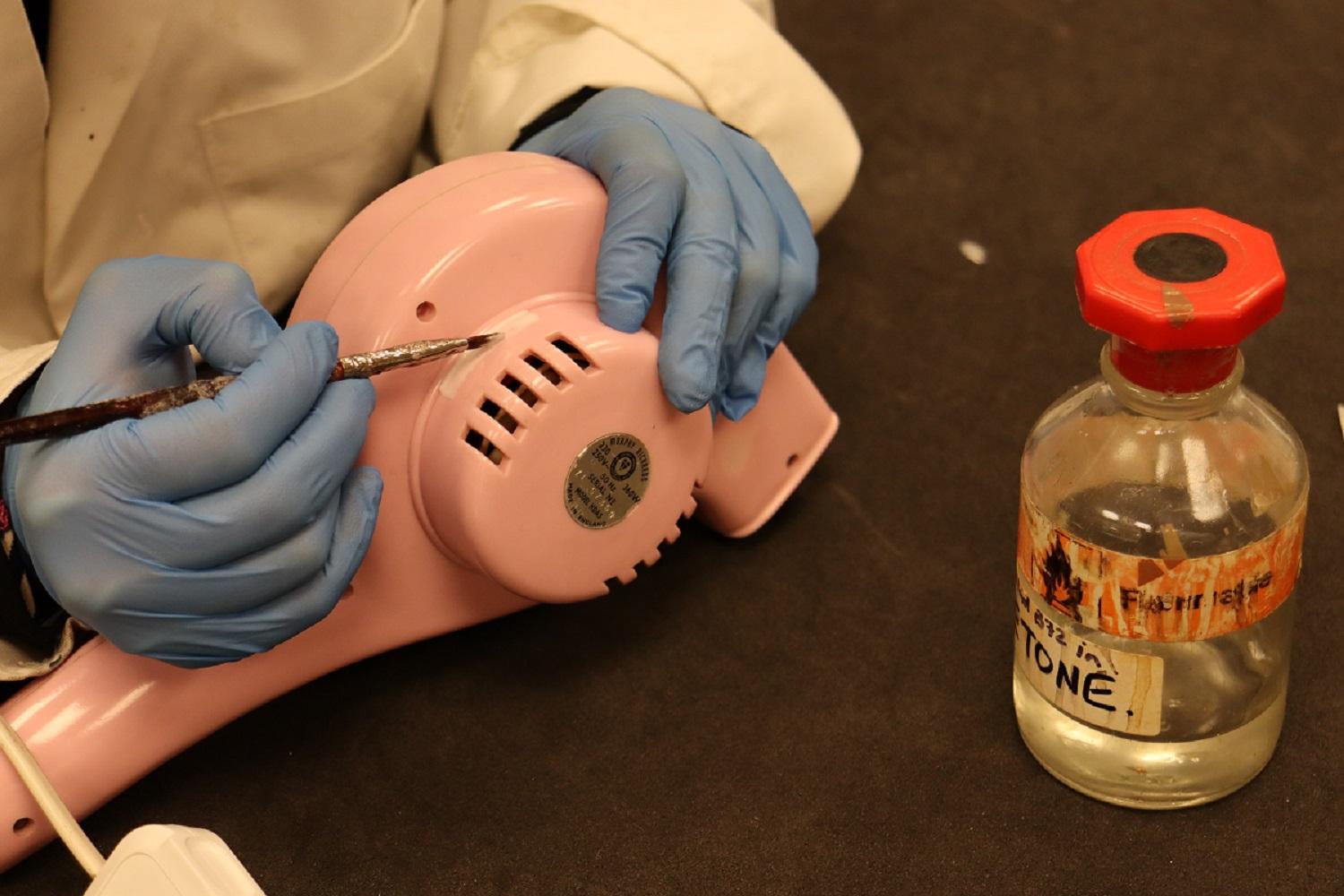
The last objects I marked before the lockdown were at the Museum of Childhood. They made up a 1960’s Sindy kitchen set, which is incredibly complete. As well as kitchen units, an oven and ironing board, there are plates, tins of food, a laundry basket, a swing top bin – even minute cutlery. My biggest challenges were some functioning pegs and a Sindy-sized dish-washing brush. This was so much fun!
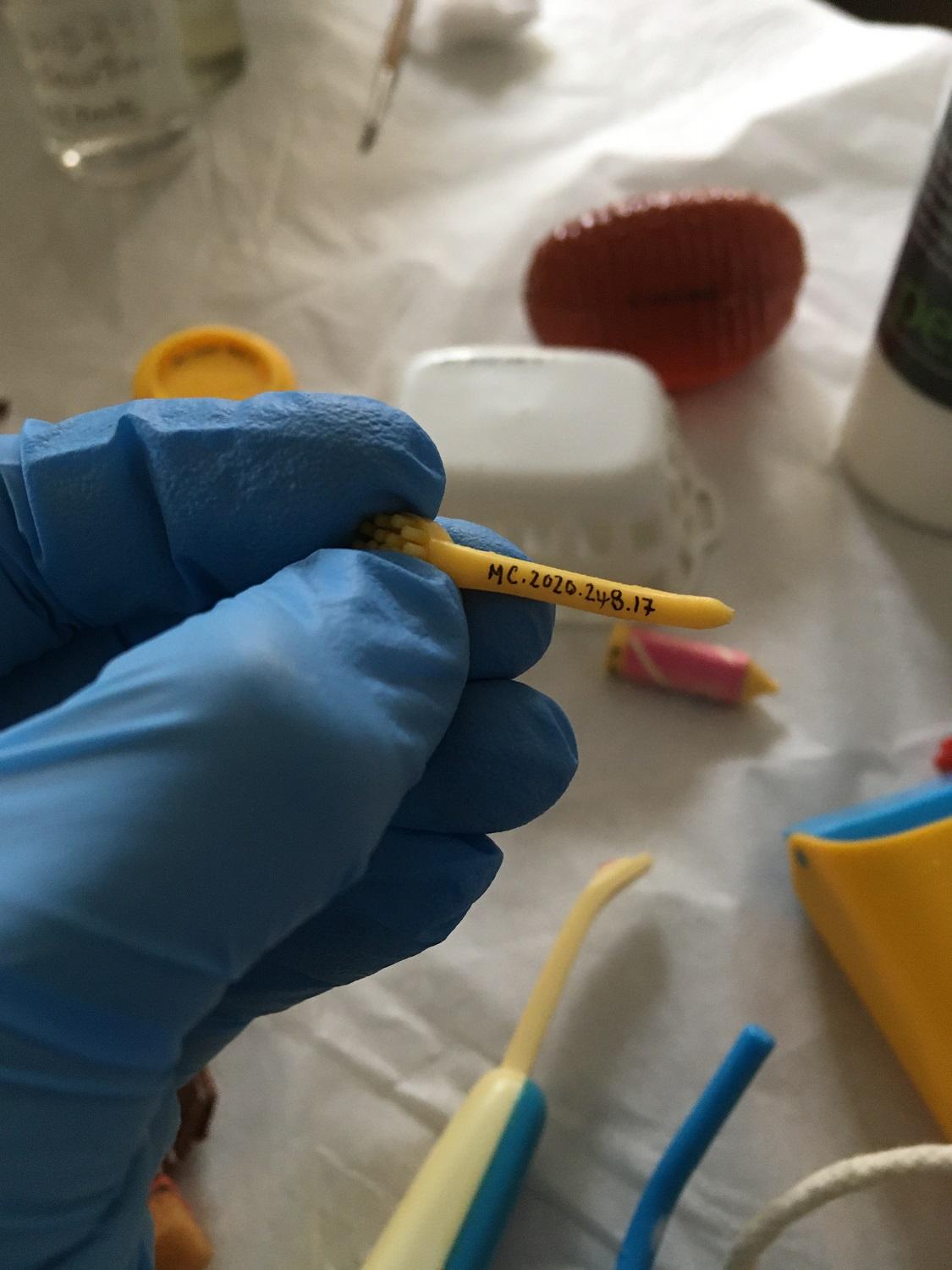
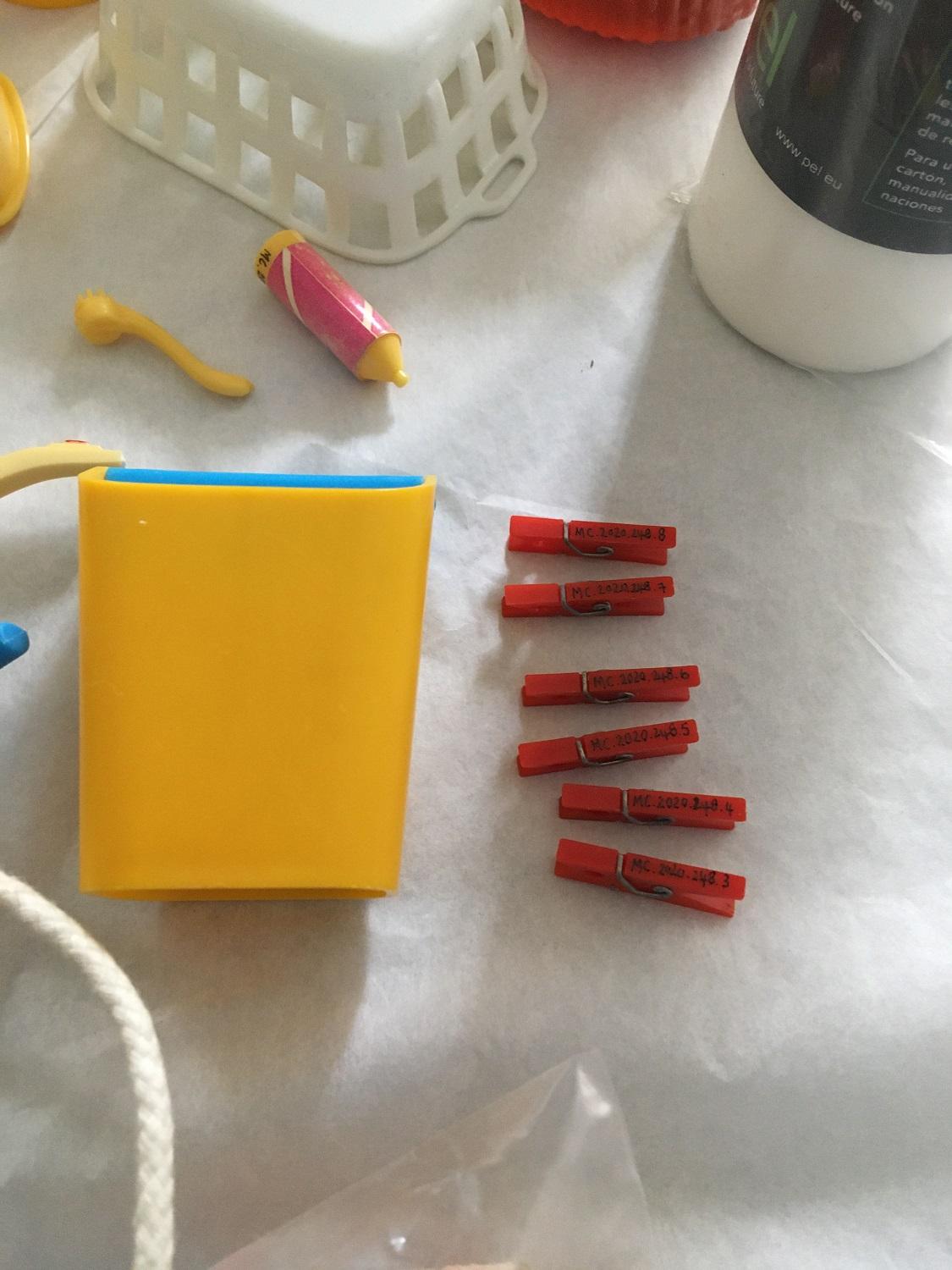
You can see more objects from our collection online at www.capitalcollections.org.uk